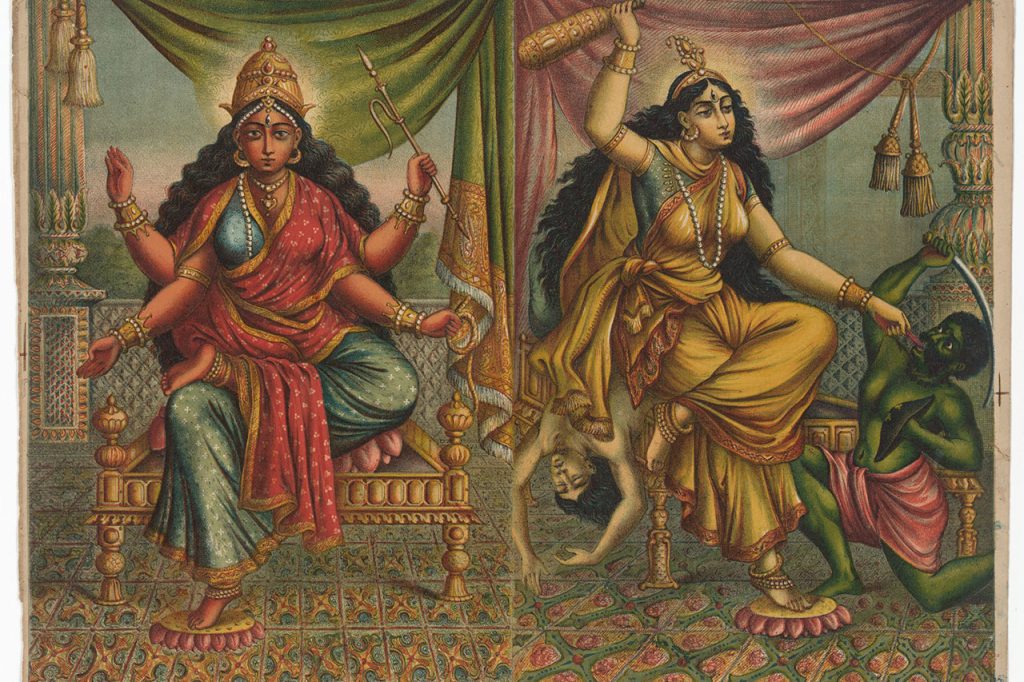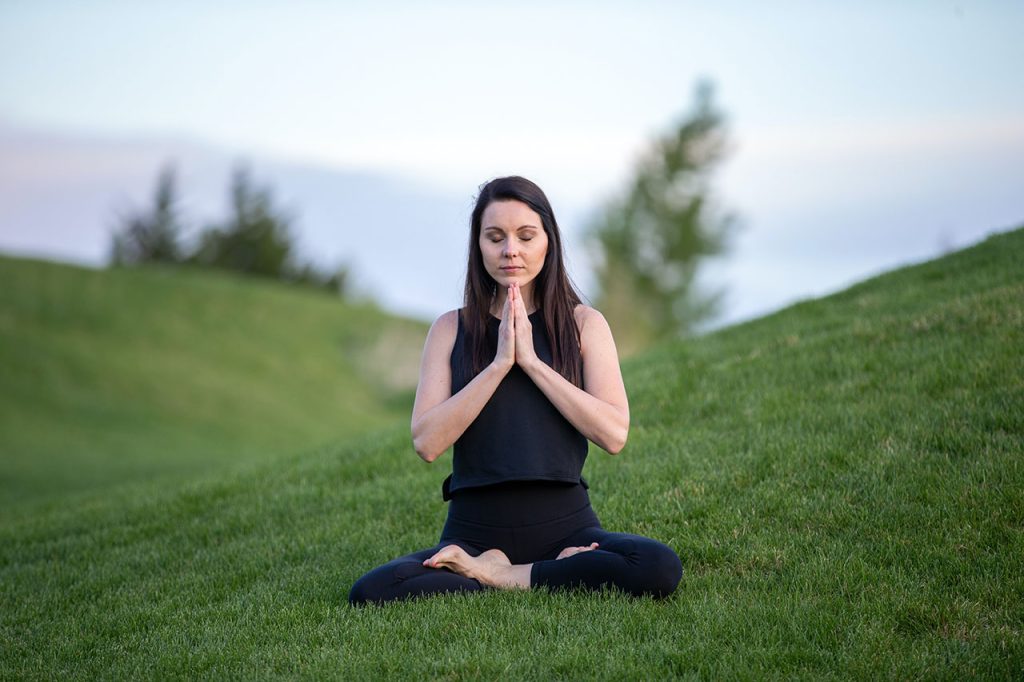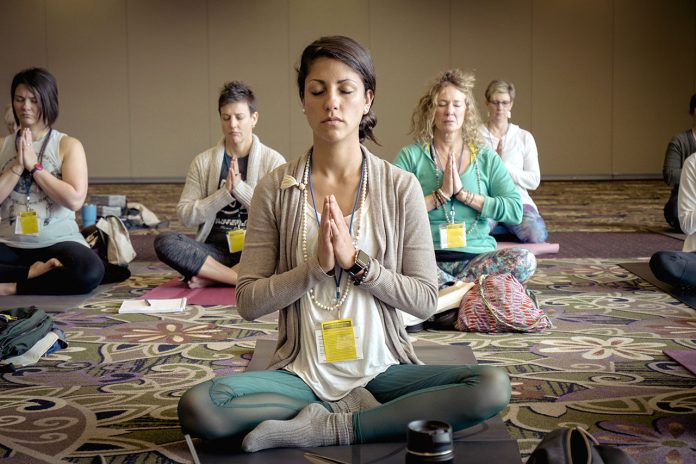While tantric yoga has grown in popularity in recent years, its mystical approach still confuses and intimidates many practitioners unfamiliar with its concepts. Often misrepresented as solely sexual, tantric yoga actually incorporates sexuality as just one aspect of a broad philosophy and practice. At its core, tantra uses embodied awareness and visualization to unify matter and spirit. This article will break down the basics of tantric yoga in a clear modern context.
Table of Contents
You may also want to know: How to Start a Yoga Practice
Connecting to the Divine Within
Unlike traditional yoga which focuses on transcendence and detachment, tantric yoga embraces the human experience and physical existence as a means to unite with the divine essence within. Whereas many spiritual paths seek to deny or escape the body and earthly desires, tantra sees our emotions, relationships, sexuality, and incarnate selves as portals to awakening, rather than obstacles.
Honoring Rather Than Denying Humanity
Tantra honors our humanity and inherent divinity rather than viewing aspects like sexuality and desire as “unspiritual” distractions needing renunciation. Practitioners awaken by embracing life’s pleasures and human experiences, though moderation and mindfulness are still central. Using our joy and suffering as stepping stones heightens insight.

Cultivating Embodied Awareness
While tantra embraces sensuality, simply engaging in wild, hedonistic abandon overlooks the awareness cultivation vital to tantric yoga. Through practices like visualization, mantra chanting, conscious breathing, and meditation, tantrikas increase control over their physical existence and energy flow. Heightened mindfulness and perception of subtle sensations lead to revelation.
The Unity of Opposites
Tantrikas strive to honor and merge dualities rather than viewing contrasting states like mind/body, masculine/feminine, joy/sorrow as separate or incompatible. By amalgamating opposites into wholeness rather than choosing one over the other, equilibrium and pure existence beyond labels and concepts emerge. A balanced flow of ida/pingala energy underlies this integration.
Living Tantra 24/7
True tantric yoga isn’t limited to practices done only during designated sessions. Tantrikas aims to integrate sacred awareness into their entire lives, from sleeping and eating to socializing and intimacy. Daily moments offer opportunities to witness the unfolding of each experience with equanimity, warmth, and mindfulness. Every activity nurtures union.

Reverence for the Feminine
Unlike more patriarchal traditions, tantra recognizes feminine energy and power as integral to spiritual evolution. The Shakti force, receptive yin principle, and inherent creative strength within all women are honored as integral to achieving harmony. Tantra values cultivating the divine feminine alongside the masculine.
Owning Sexual Sovereignty
While sexuality is just one aspect, tantra does teach practitioners to exhibit openness, intentionality, and presence within their intimate relationships and solo sensual acts. Rather than shame, taboos, and repression dominate, tantra offers a sex-positive path to owning desires and creating meaning.
Patience With Beginner’s Mind
Given its vast philosophical framework, tantric yoga reminds practitioners not to rush the process or have unrealistic expectations. An attitude of patience, self-compassion, curiosity, and humility allows wisdom to gradually unfold. The path embraces slow, steady embodiment versus seeking external tropes of enlightenment overnight.
While often exoticized or misunderstood, at its core tantra provides practical tools to increase awareness, embrace humanity’s totality, honor women’s capabilities, and create harmony between complementary energies. By simply bringing sacred intention to everyday actions, tantric yoga’s philosophy of connection enriches life’s journey.

Related Links:
https://en.wikipedia.org/wiki/Yoga




